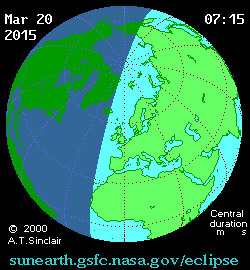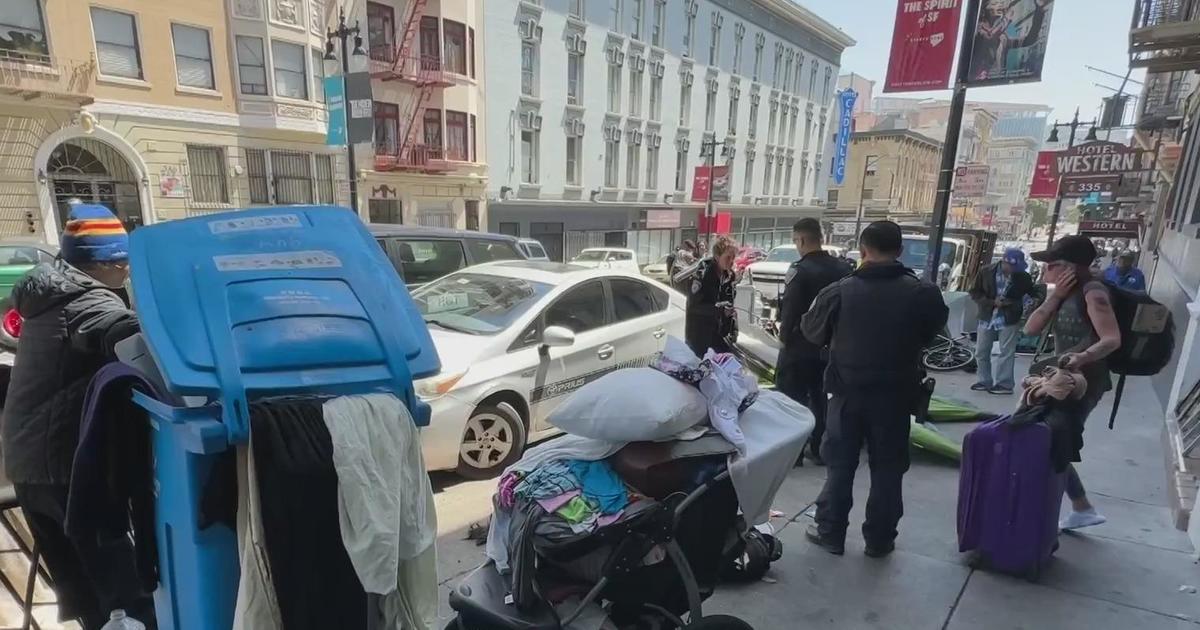Celestial Trifecta Friday: Supermoon, Spring Equinox & Solar Eclipse Converge For Rare Event
(CBS SF) -- It's been a spectacular last few days for observing the night sky as a aurora sank as far south as the Midwest and Northeast on Tuesday night due to a geomagnetic storm.
Now the week comes to a close with a celestial trifecta involving a rare overlap of a supermoon, a total solar eclipse and the start of spring.
According the EarthSky, the next time this convergence will happen is in 19 years on March 20, 2034.
A total solar eclipse -- when the moon passes the Earth and the sun -- was visible in between 1 a.m. and 3 a.m. PST. For several minutes, millions of people in Europe, Northern Africa and Asia had a rare opportunity to indirectly see the sun's corona as the darkest part of the Moon's shadow touched down and turned the Earth's surface dark. Here's what it looked like from space:
The BBC reports the eclipse reached at least 83 percent of the United Kingdom. The period of greatest darkness occurred for nearly three minutes over a spot in the Norwegian Sea, just a bit below the Arctic Circle at 2:46 a.m. PST.

A full moon will also be closest to the Earth during its elliptical orbit Friday, making it a "supermoon."
During this time, the moon is at the closest to the Earth than at any other time making it appear 14 percent bigger and 30 percent brighter than other full moons.
But this one won't be visible since the moon is in its new phase.
Still, these astronomical attractions all come together on the official start of spring, which begins on Friday at 9:45 p.m. PST as the direct rays of the sun pass over the equator and become perpendicular to Earth.



